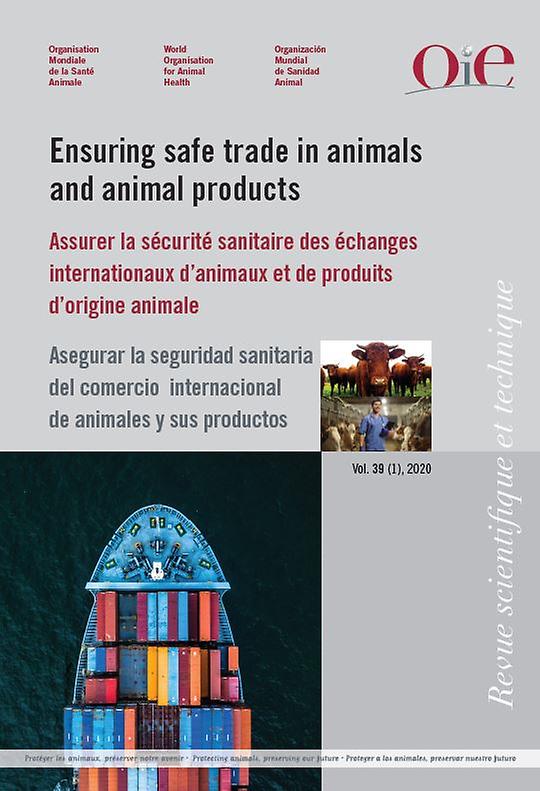
In the wake of increasing globalisation, the movement of live animals and animal products across borders has significantly heightened the risk of spreading transboundary animal diseases (TADs), which can have devastating impacts on national, regional and global economies, public health, and biodiversity.
At the East Asia CVO/Contact Persons meeting held in Qingdao, China in 2023 and the 27th SEACFMD Sub-Commission Meeting held in Bangkok, Thailand in 2024, it was recognised that strengthening collaboration between veterinary authority and border inspection agencies is crucial for establishing a unified response to prevent the incursion, ensure early detection, and control TADs at borders. This initiative can be expanded to the entire Asia and Pacific region, where building better networks within the region is essential as a strategy to control TADs across borders.
Furthermore, many countries share land borders and must pay close attention to the illegal movement of animals and animal products across these borders. Such movements pose a significant risk, easily leading to the incursion and spread of TADs.
Therefore, WOAH is organising a Regional Workshop on Animal Movement and Border Control in Asia-Pacific 2025, 1 – 3 July 2025, in Chiba, Japan, aiming to enhance regional capacity in managing animal movement and border control to prevent the spread of TADs by focusing on understanding existing systems and frameworks within WOAH Members in Asia and the Pacific.
Workshop objectives:
Dates: 1-3 July 2025
Venue: Chiba, Japan
Participation: By invitation
Agenda: PDF with presentations
Workshop Summary and Recommendations
Member’s presentations: Border Inspection and Animal Quarantine/Collaboration with other agencies
Member’s presentations: Trade Policy and Sanitary Agreement
| Export | |||
| Australia | Thailand | India | |
| Import | |||
| Korea R.O. | Japan | Philippines | Indonesia |
Member’s presentations: Cross border collaboration to address informal/unregulated/illegal movement across the international border
| Laos | Bhutan | Malaysia |

